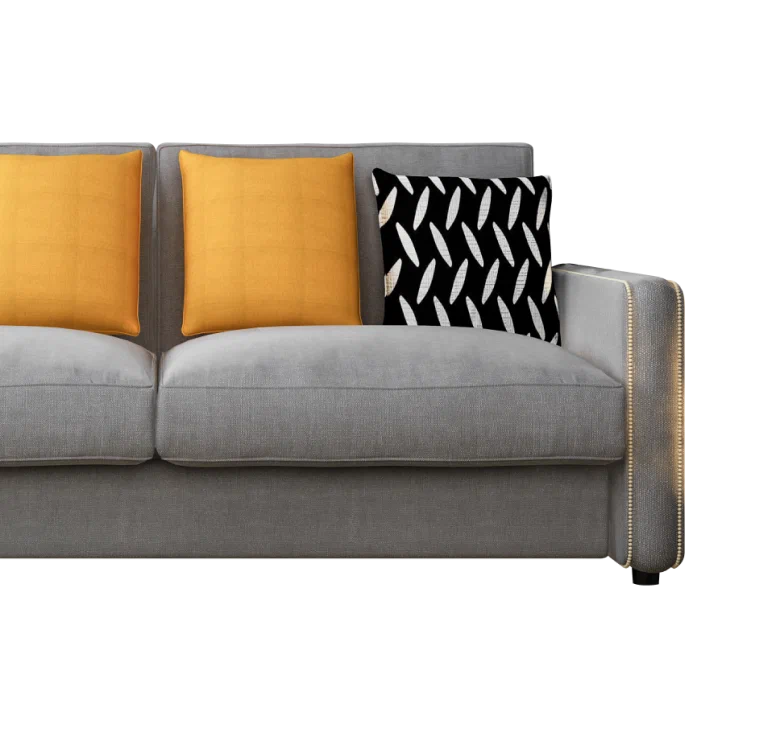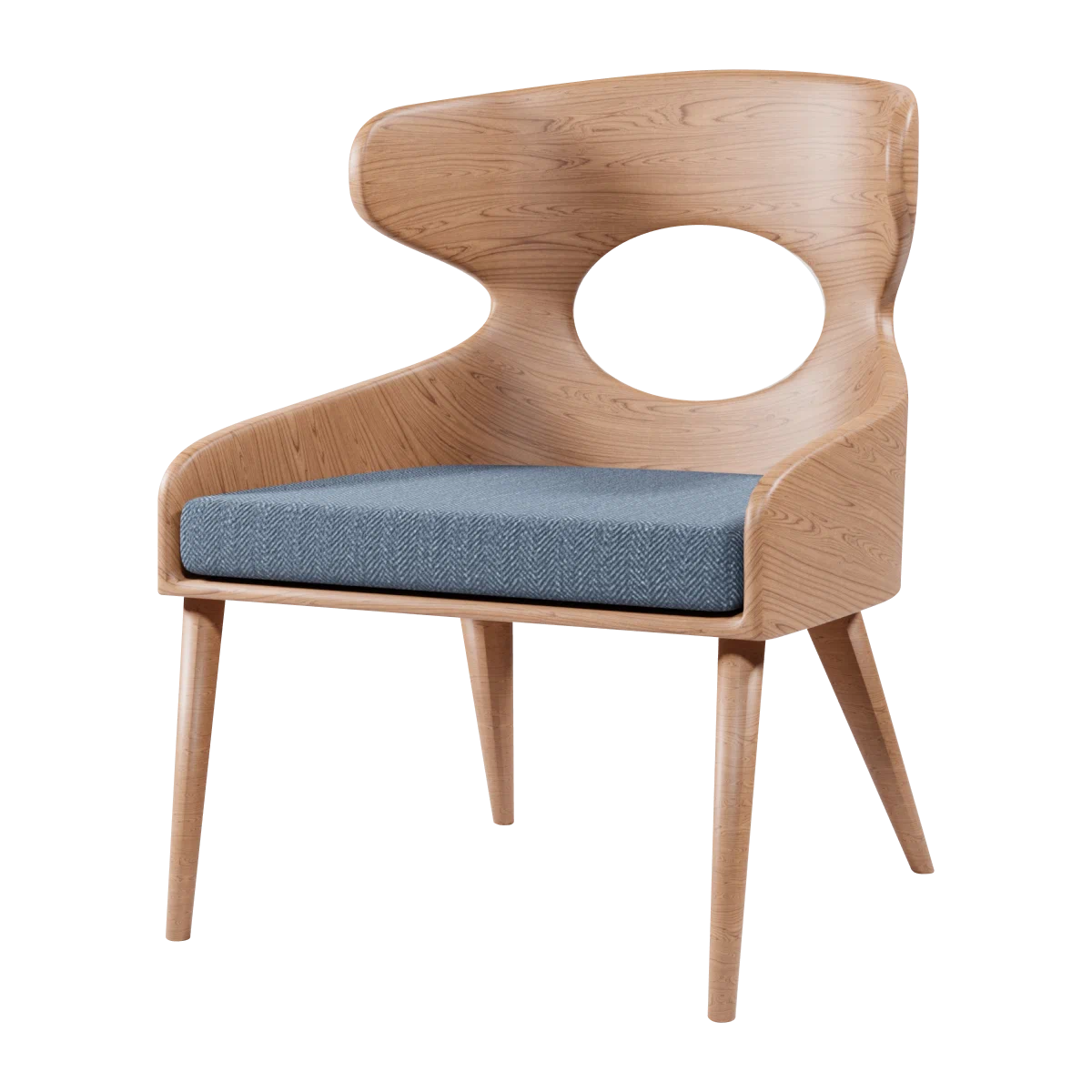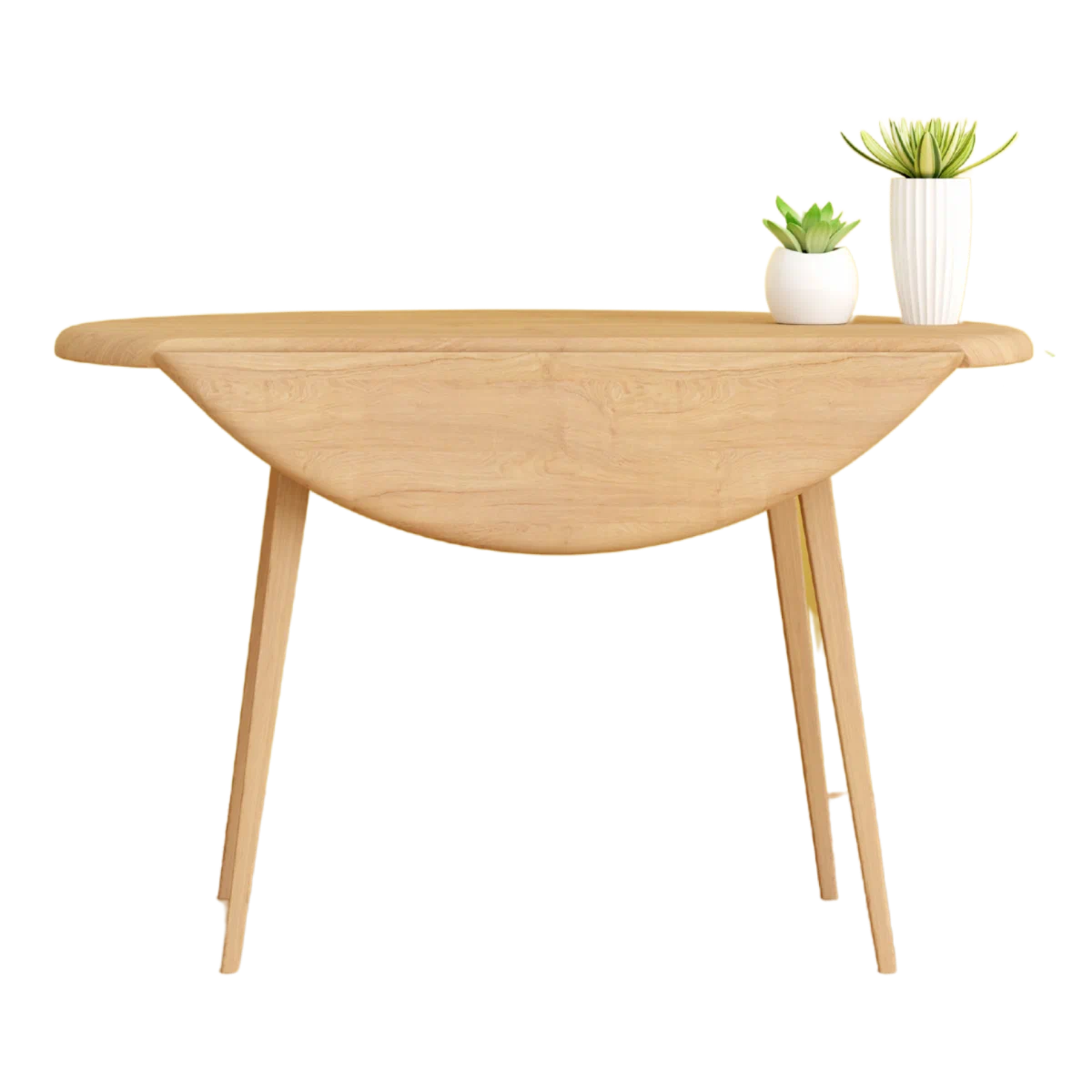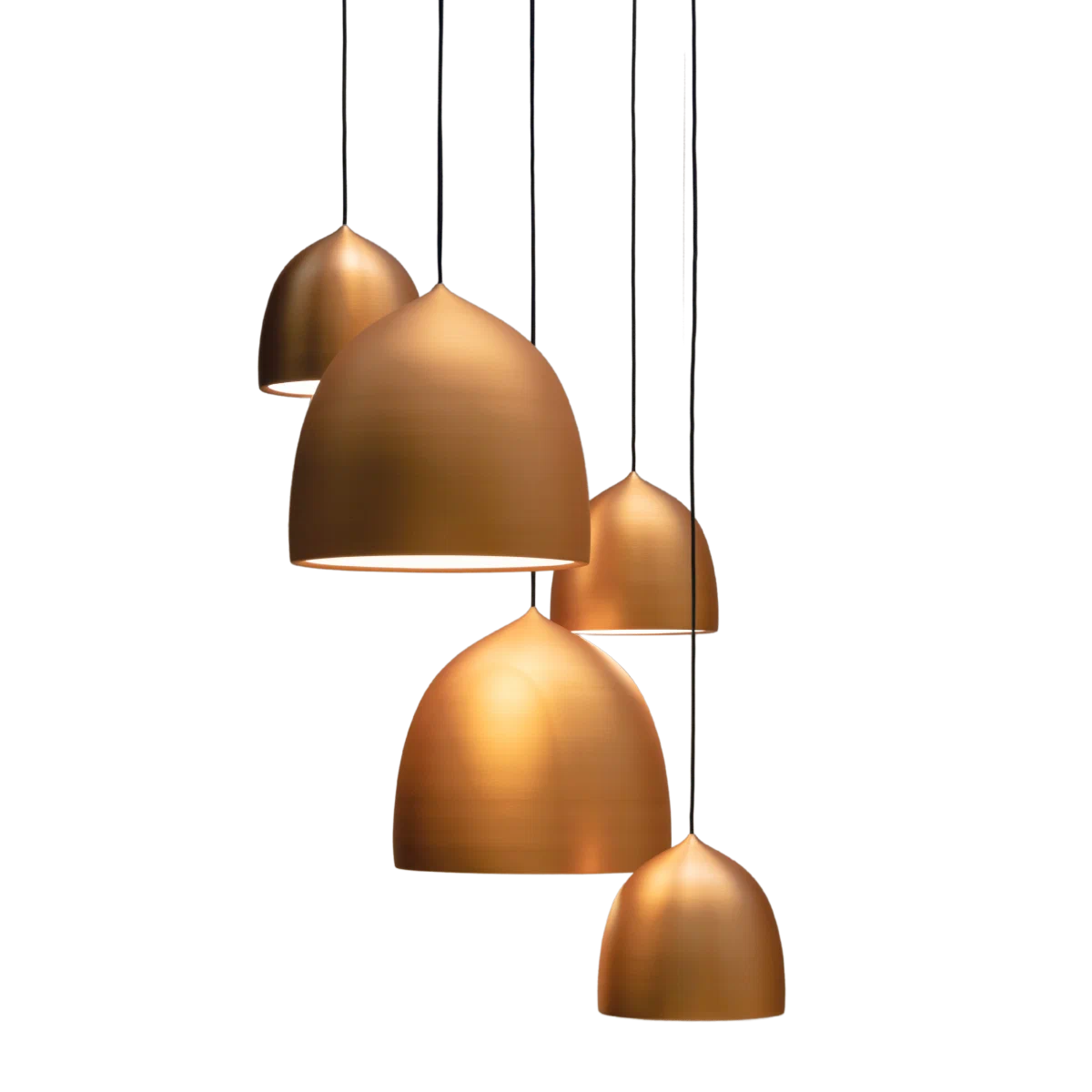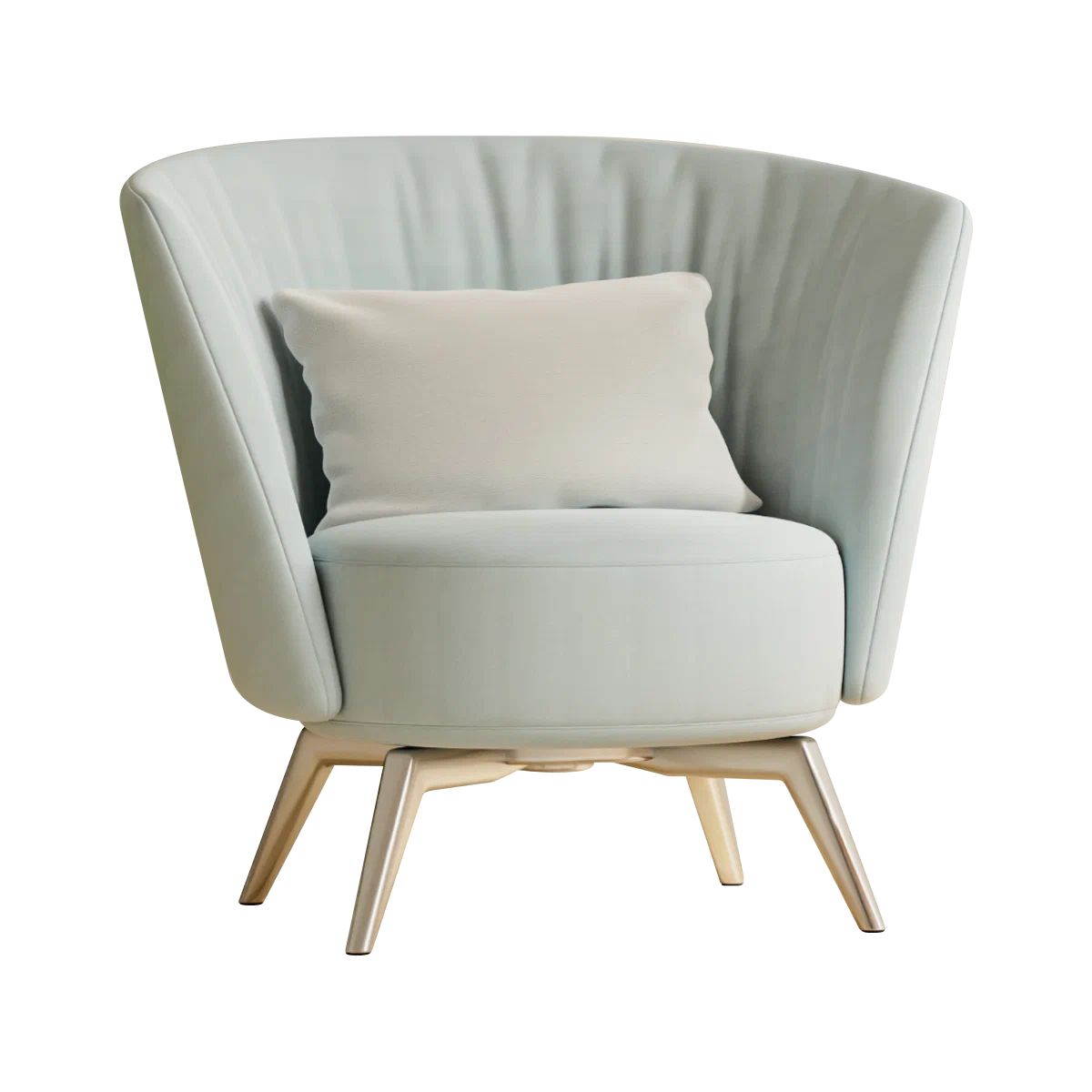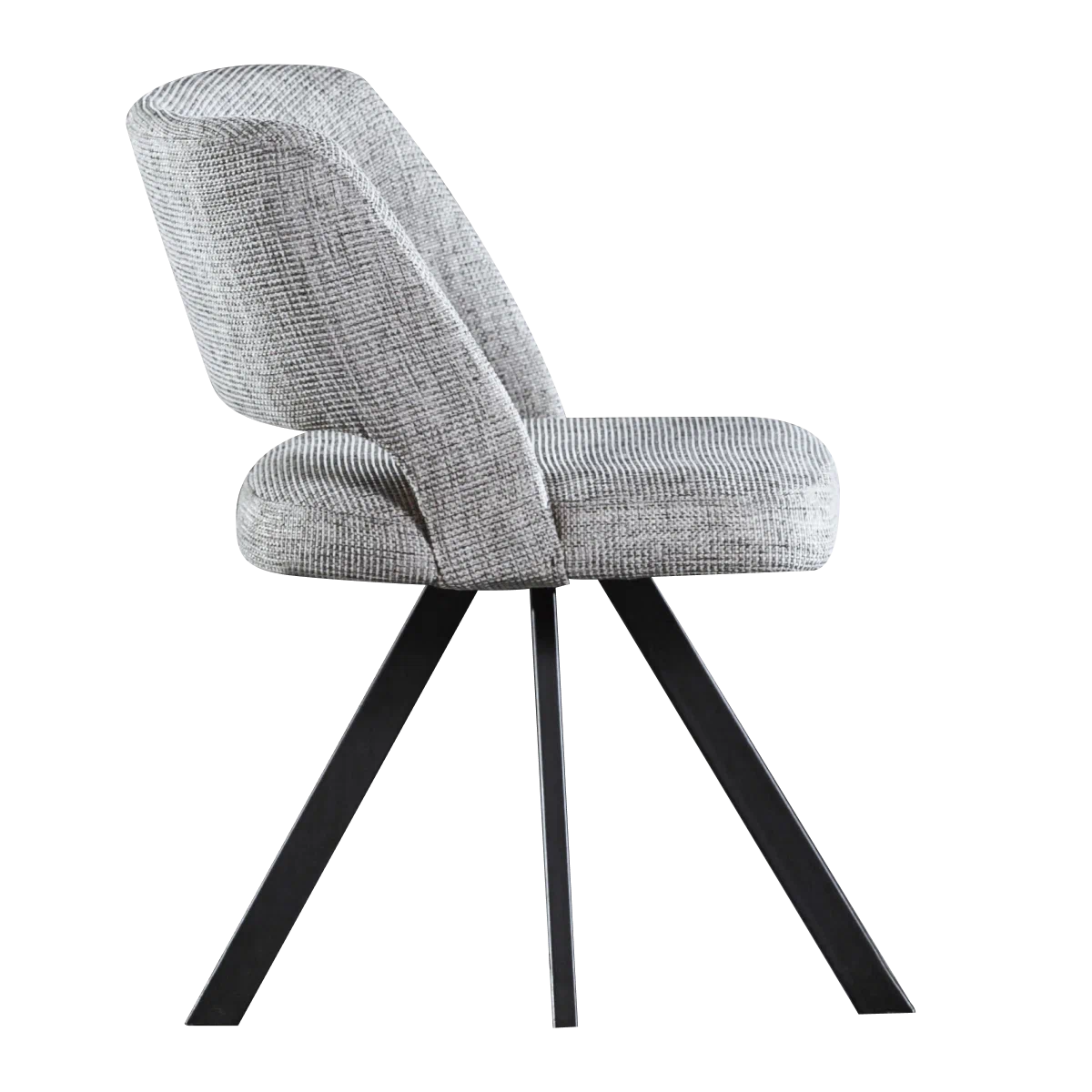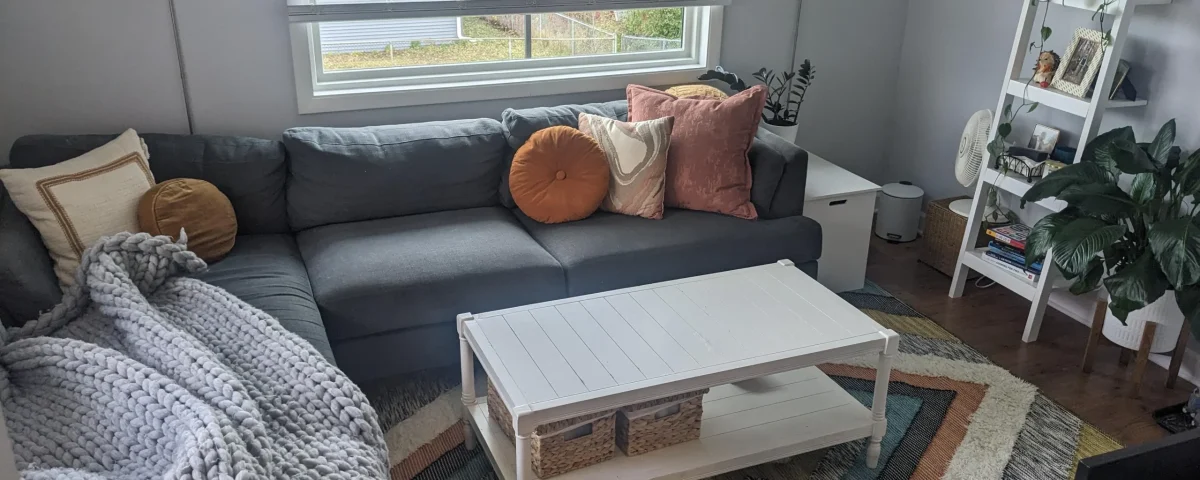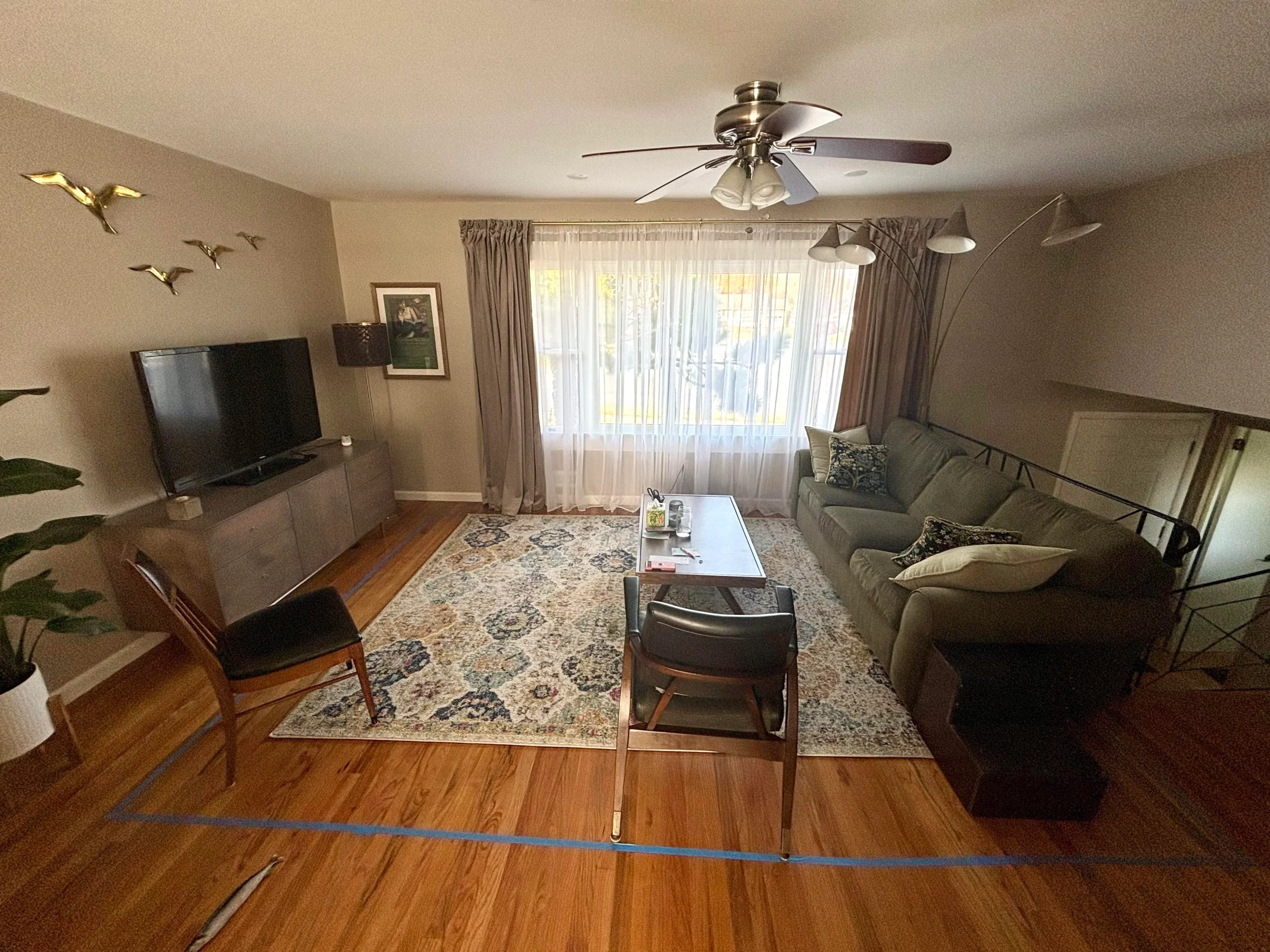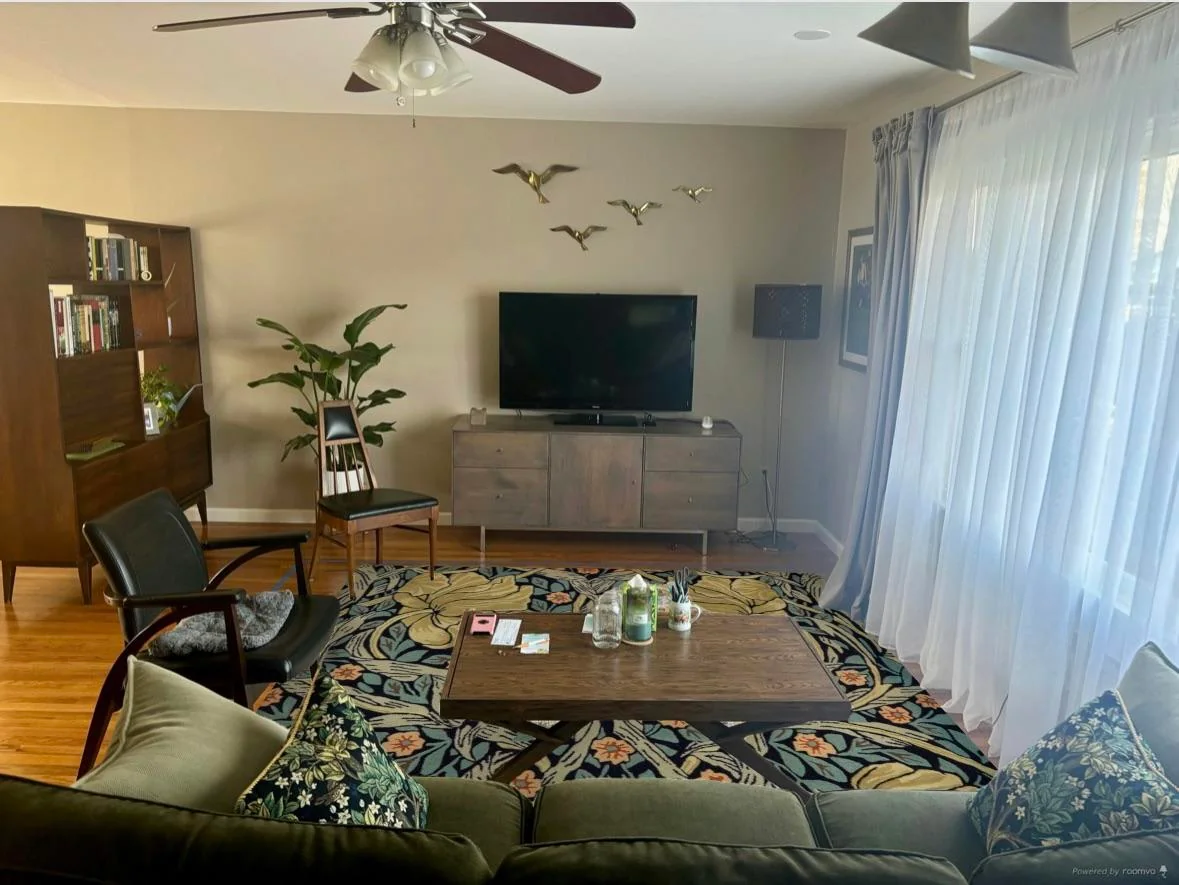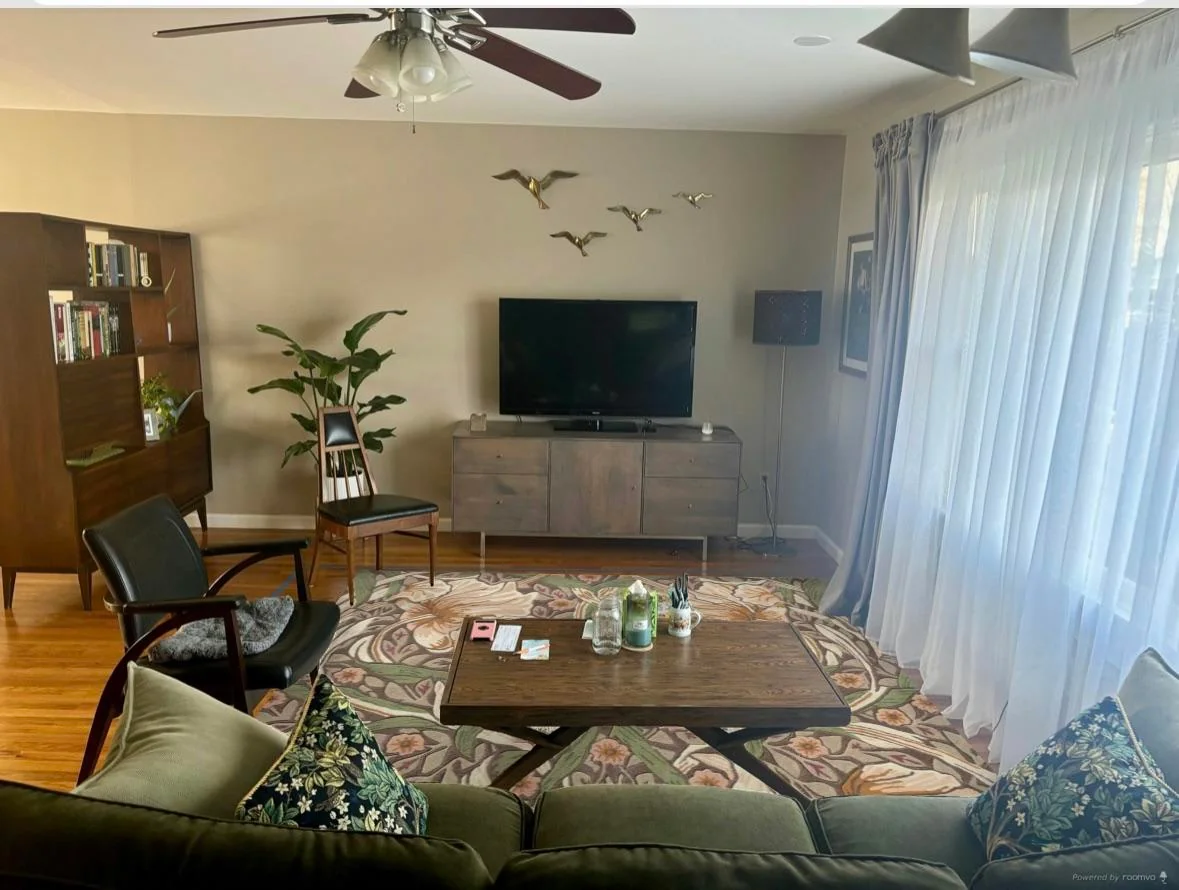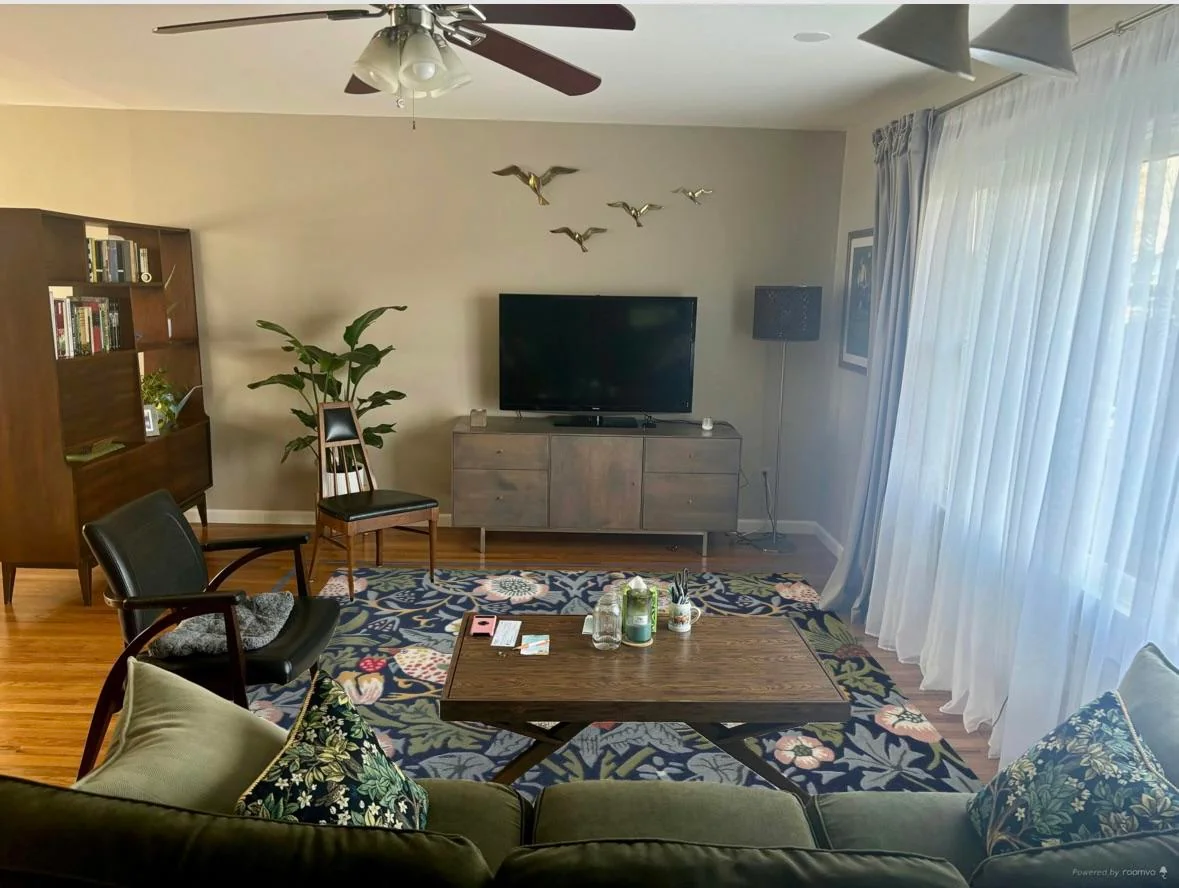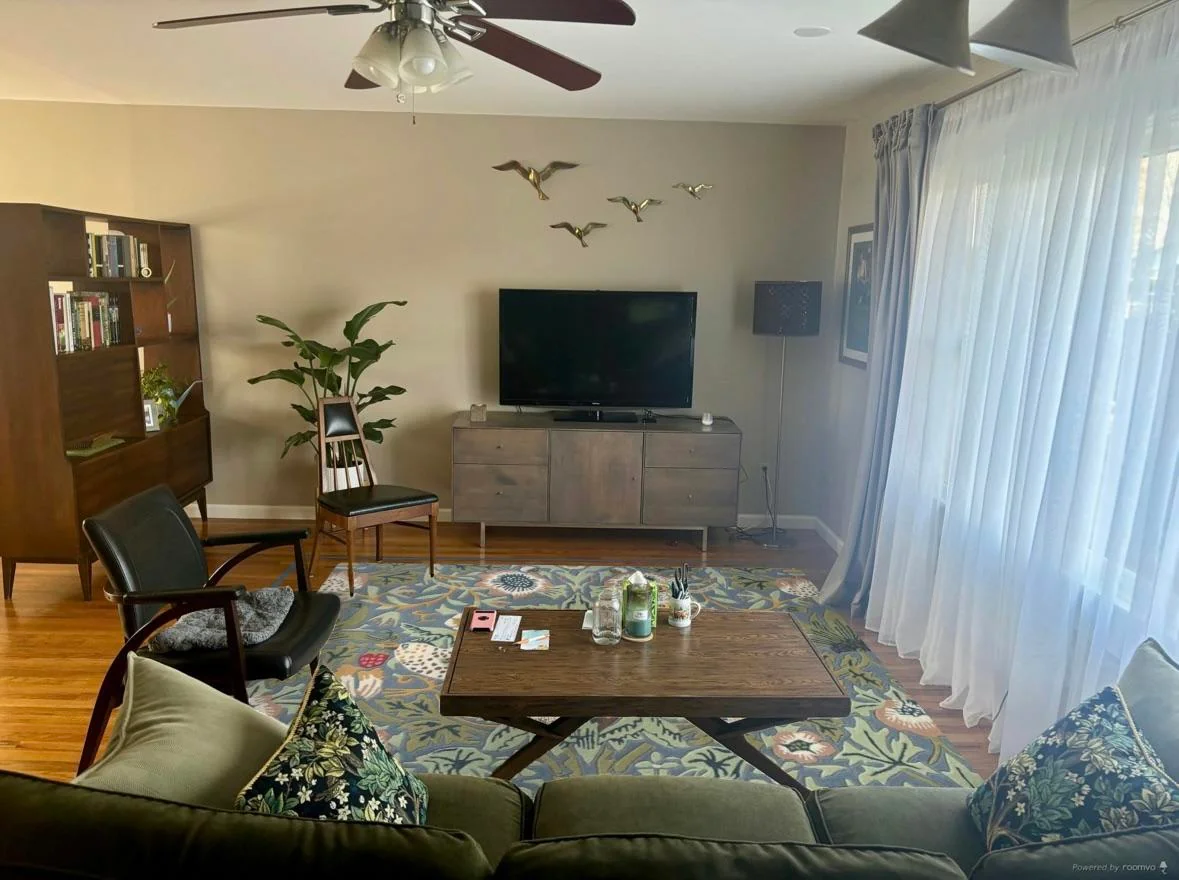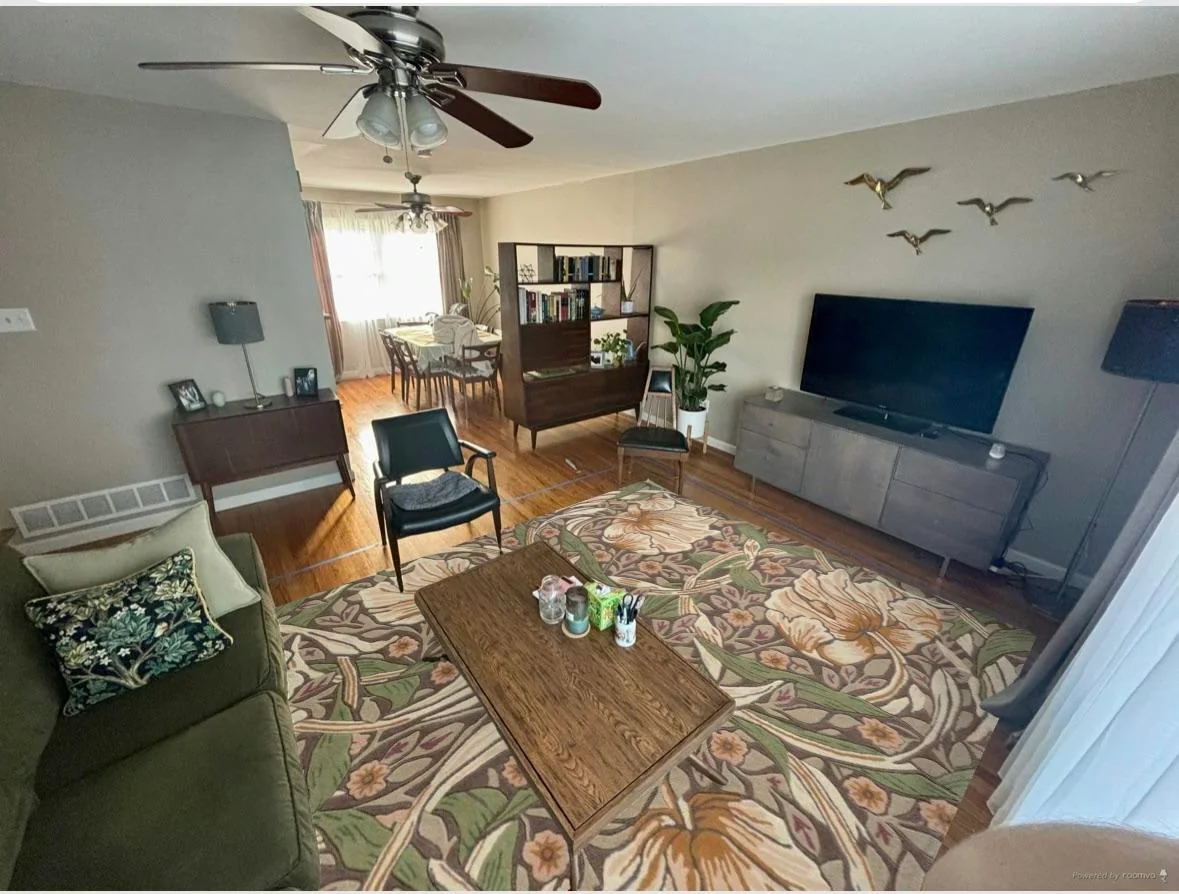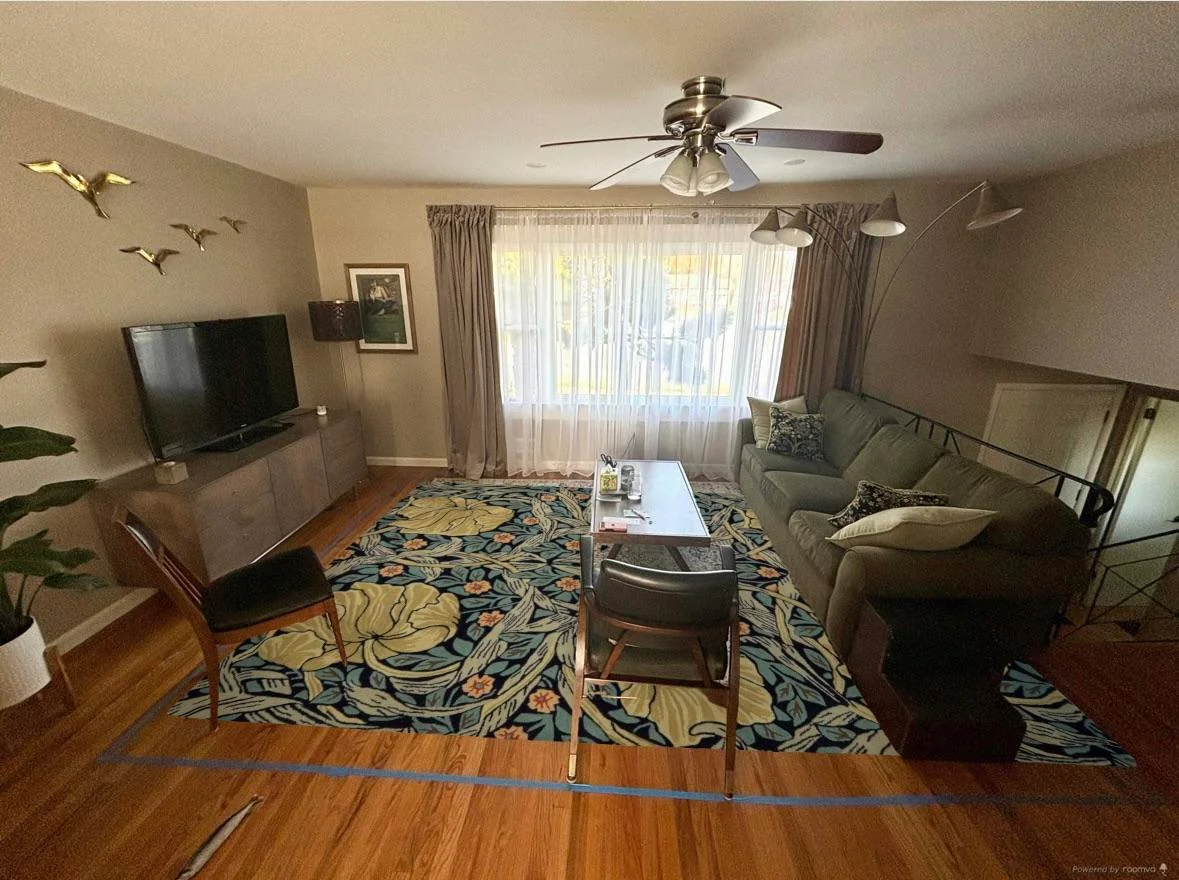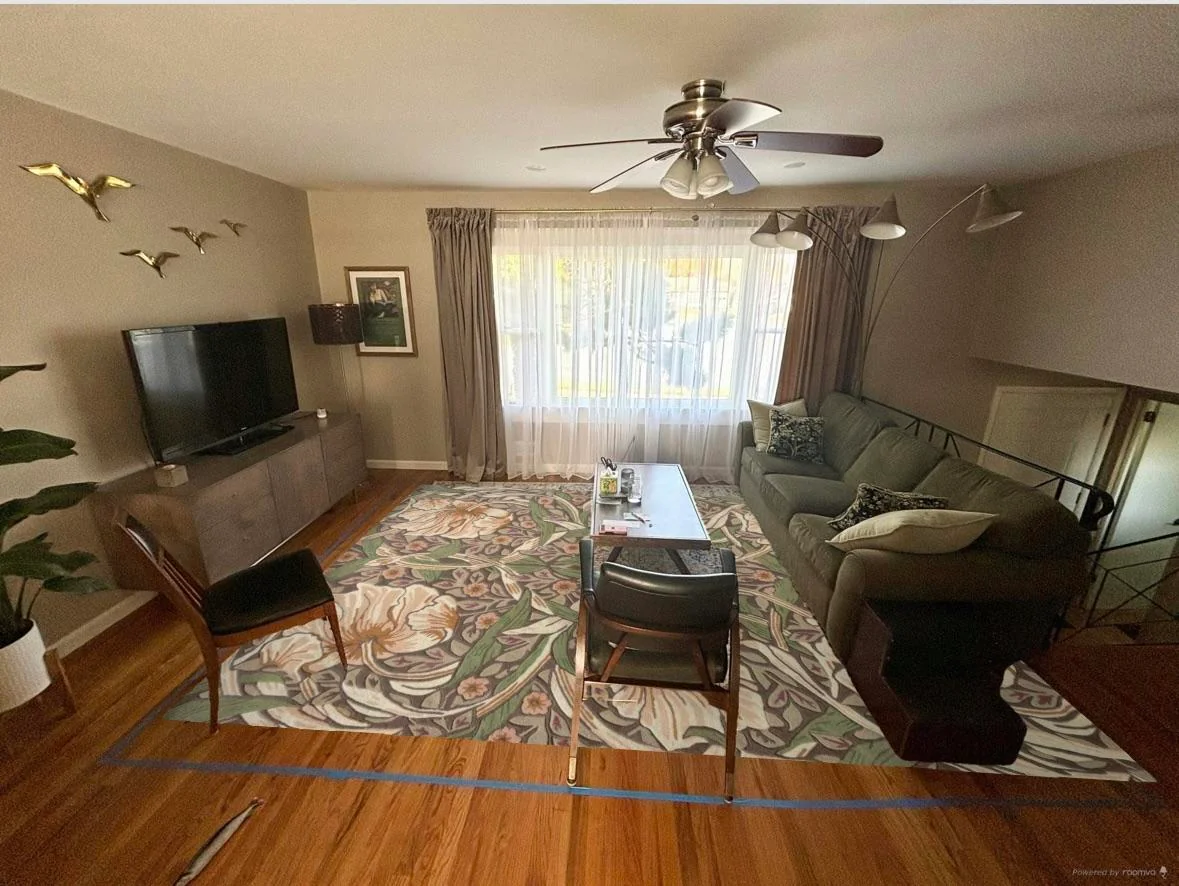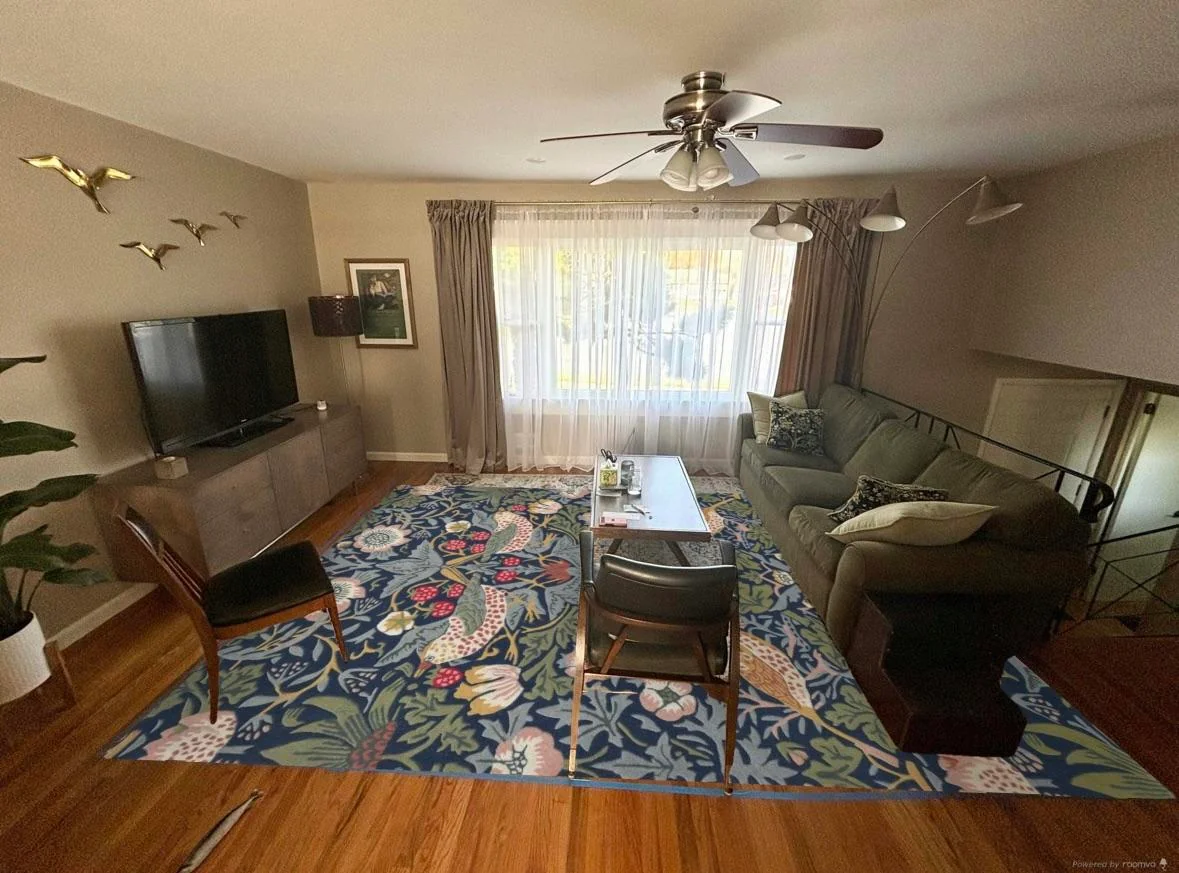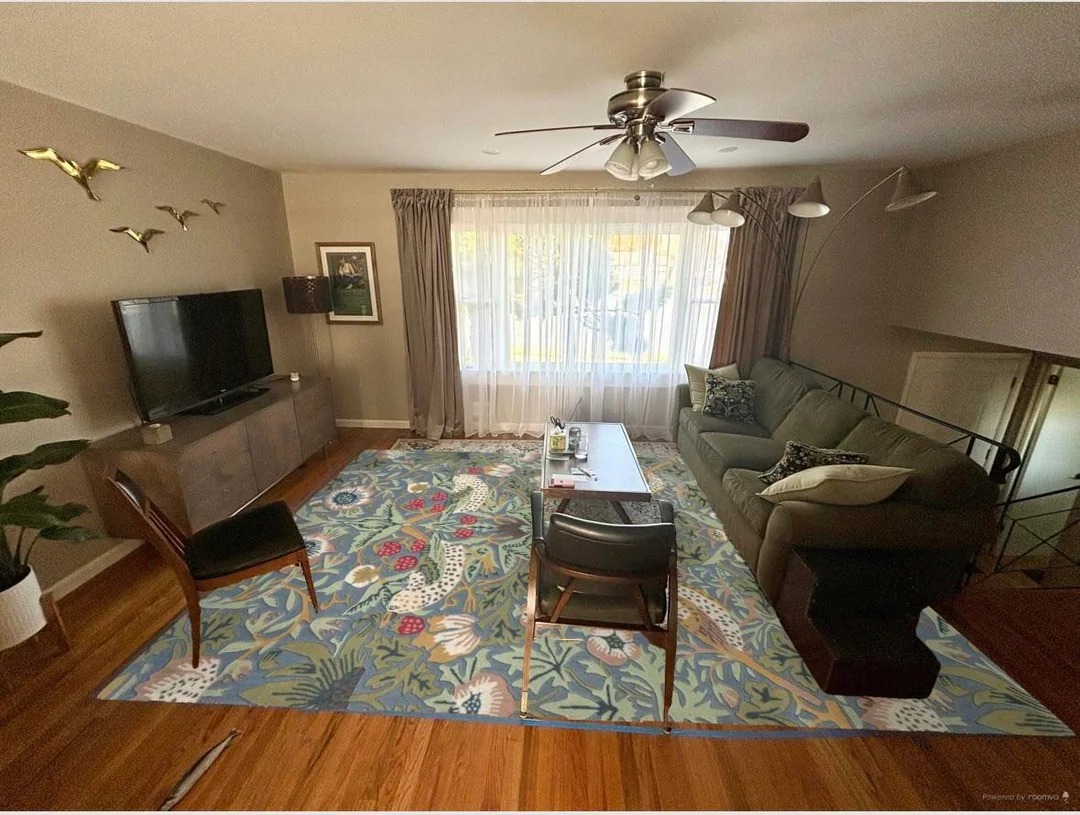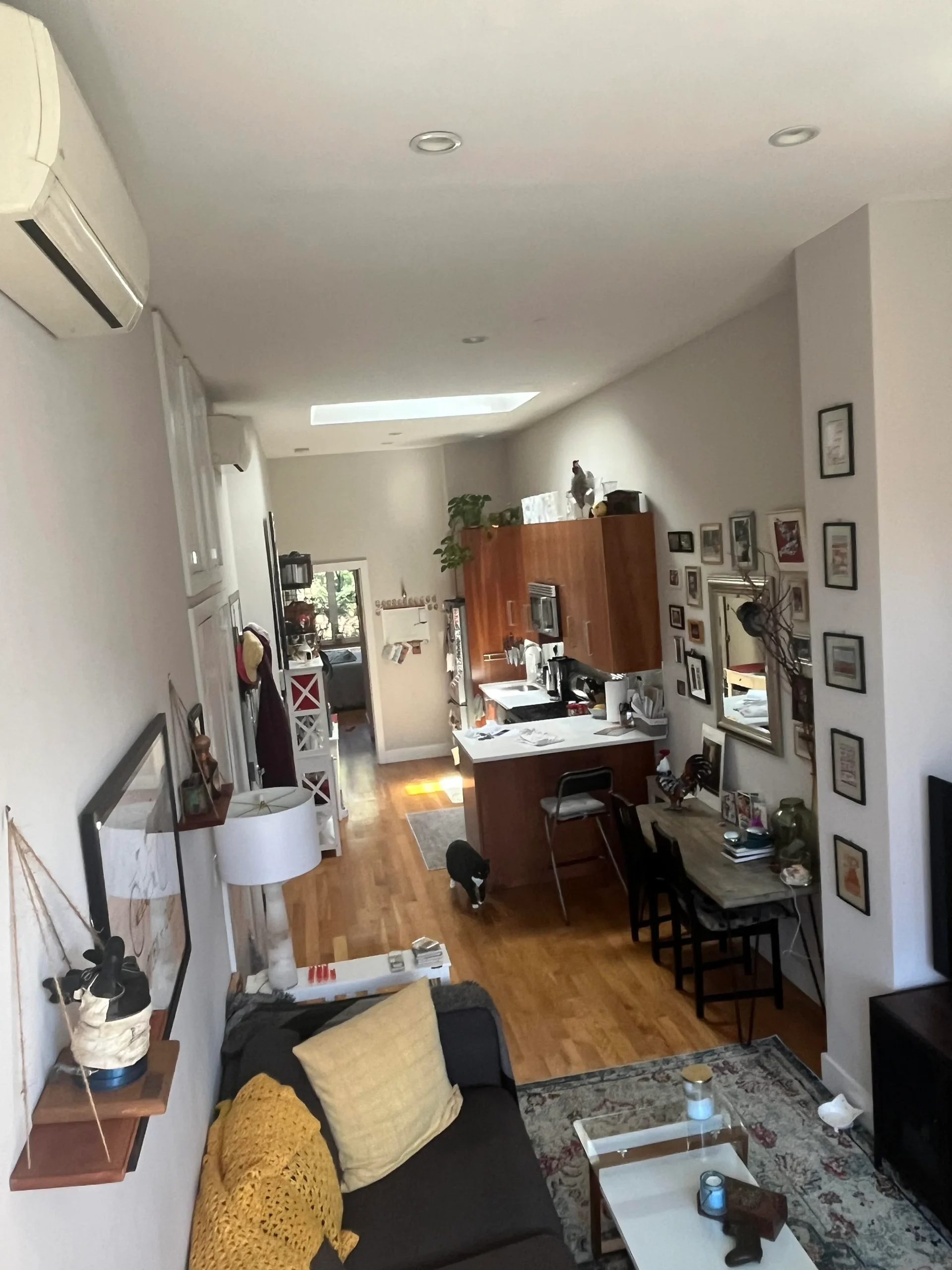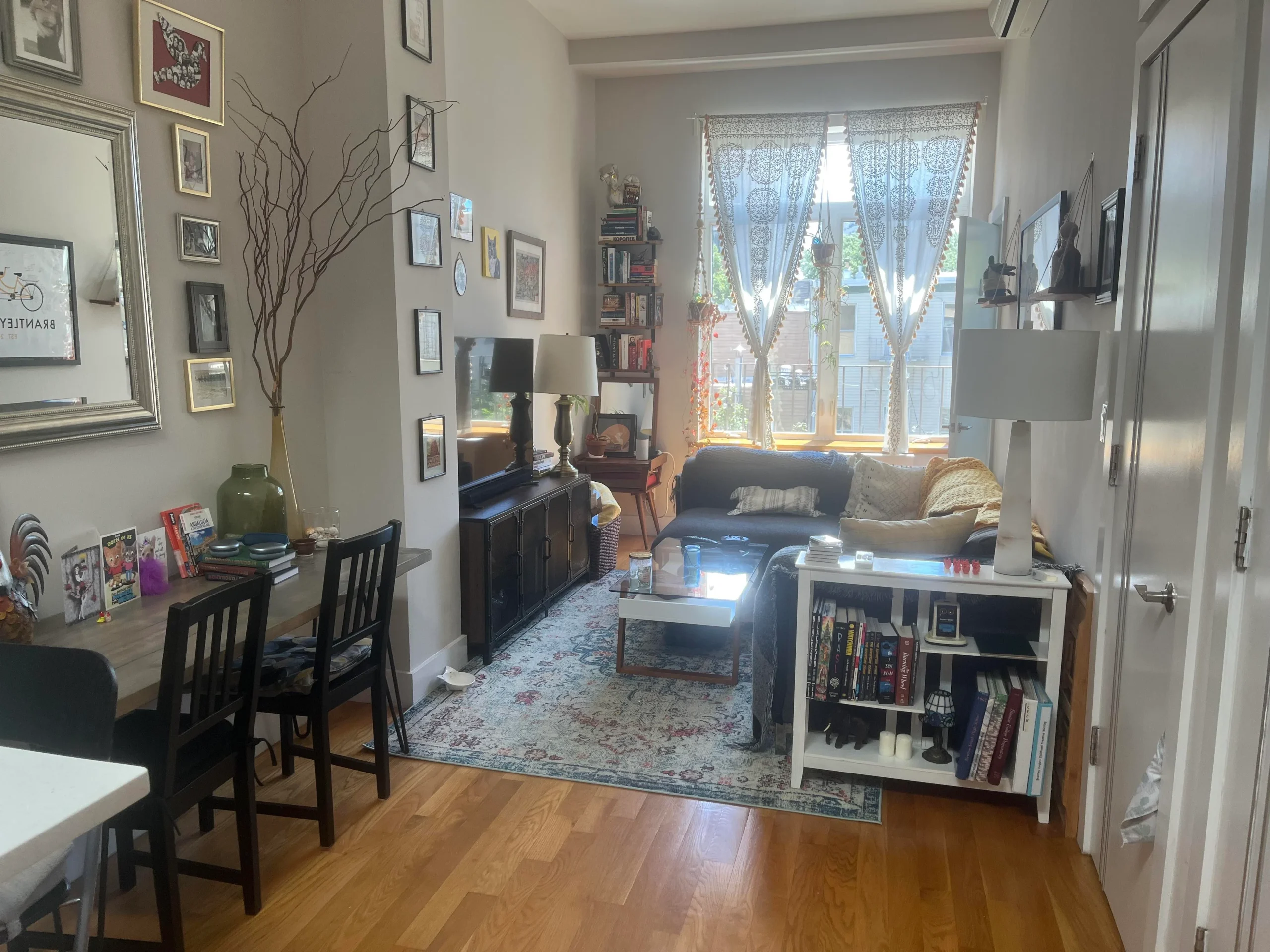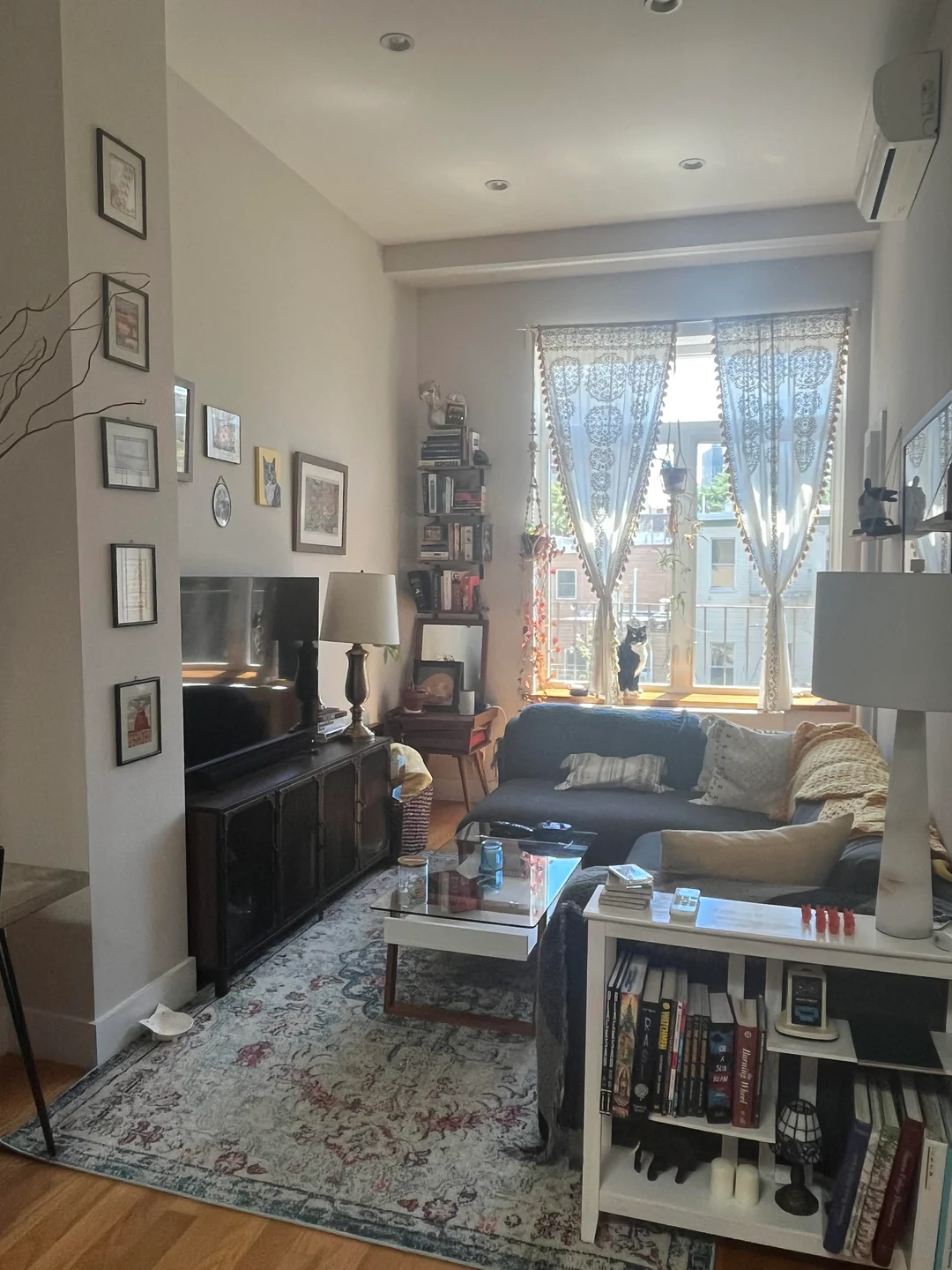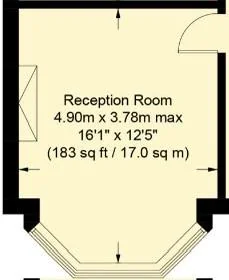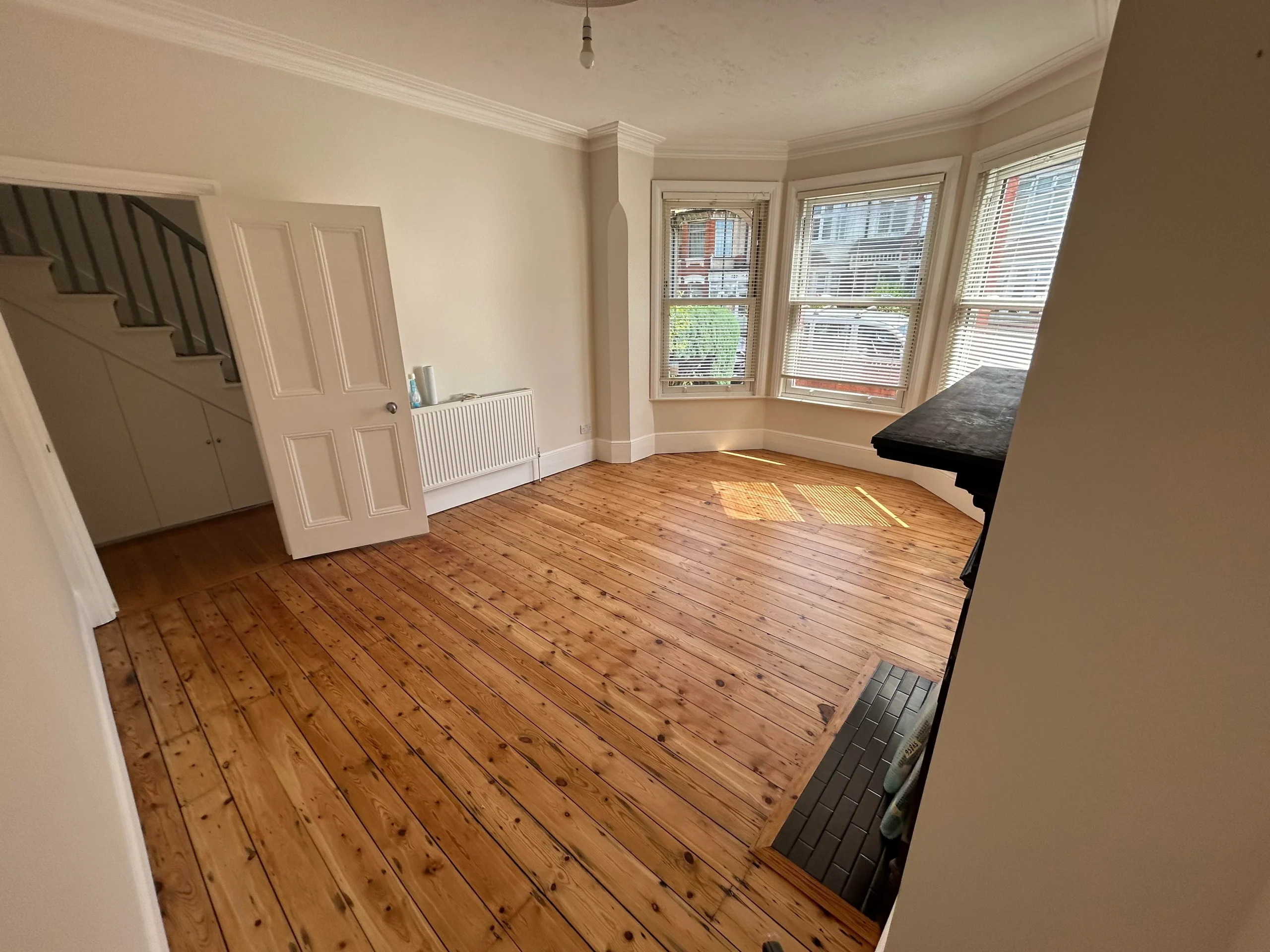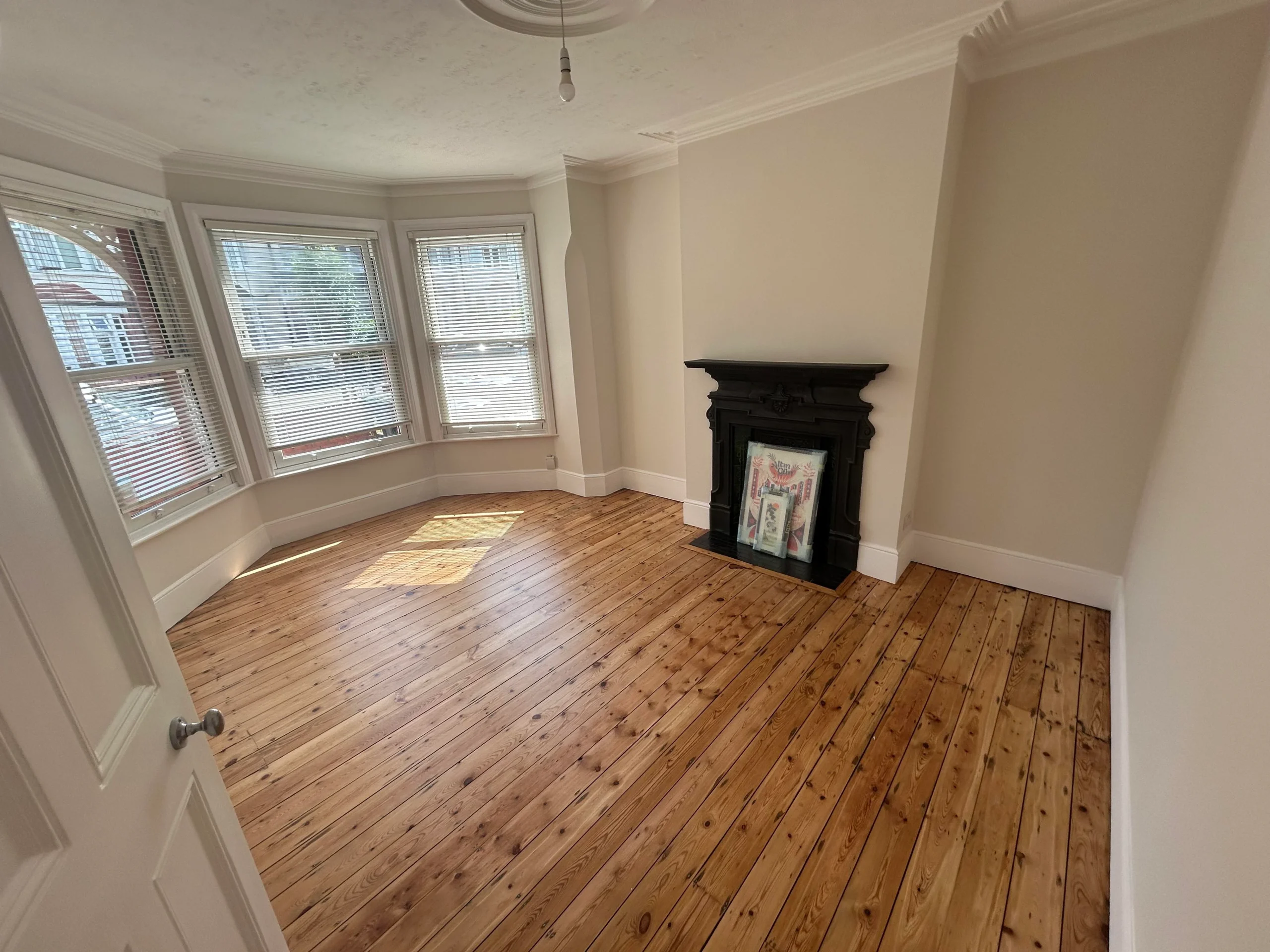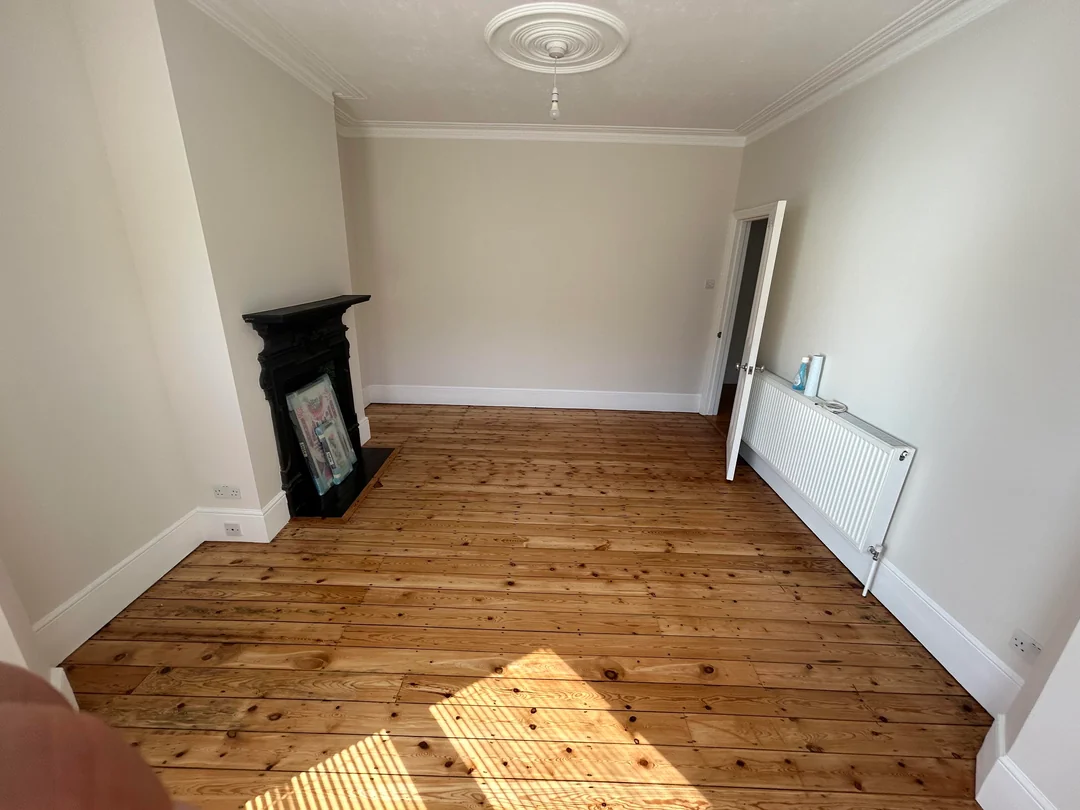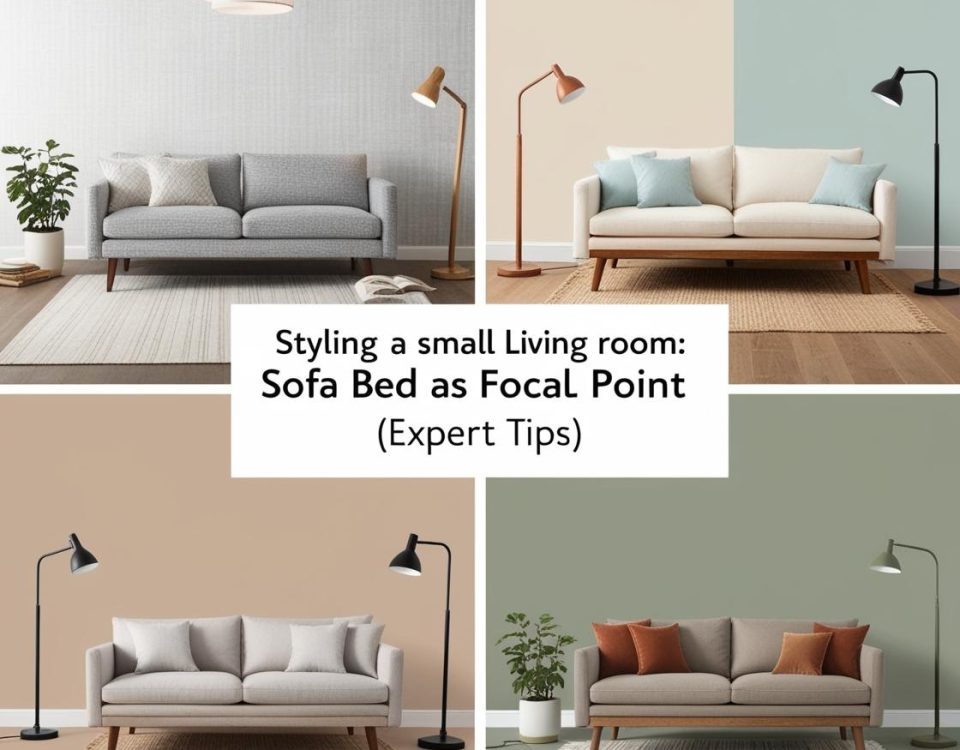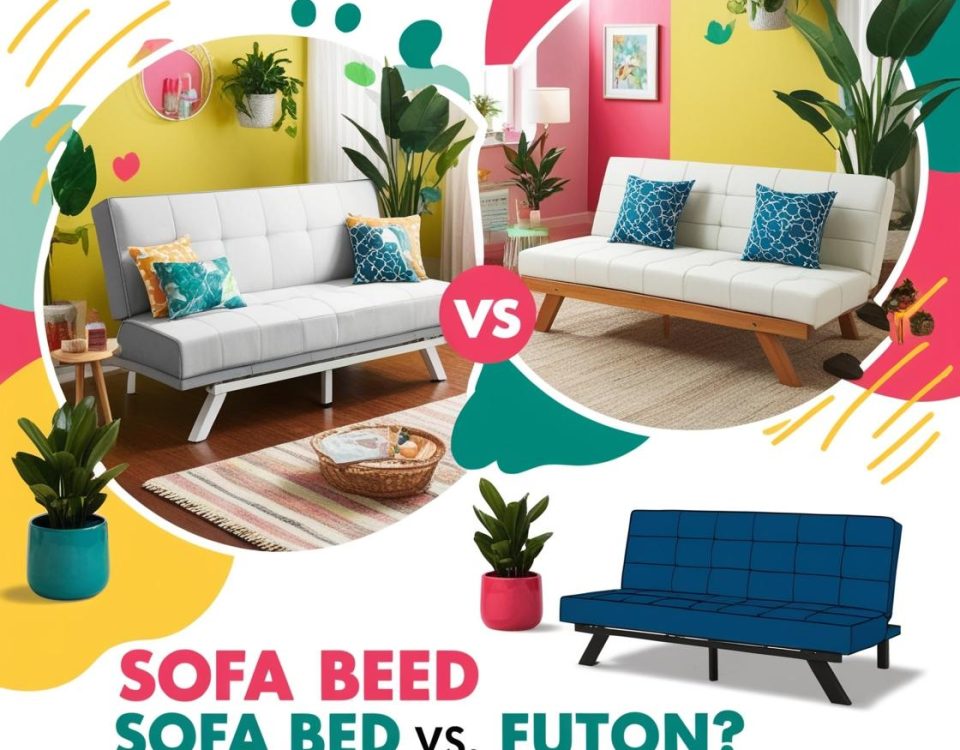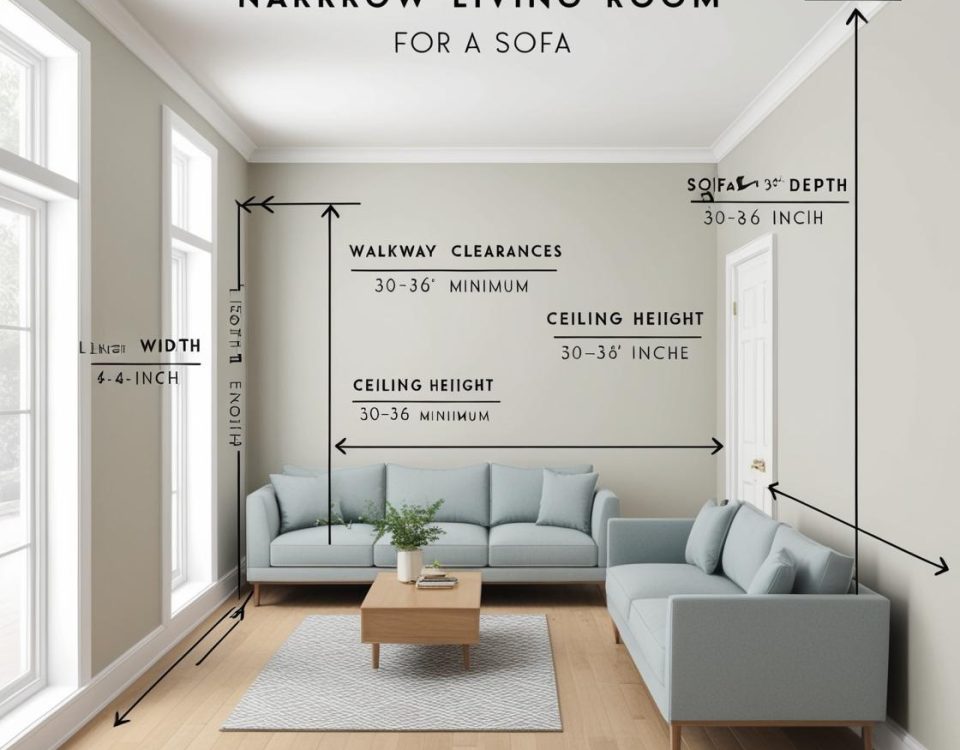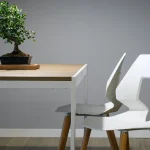
Room Designer’s Secret Weapon: Transforming Small Spaces on a Budget
November 24, 2024
Stylish Sofa Beds for Small Apartments in 2024: The Ultimate Guide
November 24, 2024Small Living Room Furniture Ideas: Maximize Space and Style
Transform your small living room into a cozy, stylish, and functional haven with these furniture and design tips!
Ever felt like your living room was closing in on you? I know I have! It can be a real pain trying to cram all the furniture you need into a tiny space. And let's be honest, nobody wants their living room to look like a cluttered furniture store! But don't worry, I've learned a few tricks over the years. Choosing the right furniture for a small living room is like walking a tightrope – you need to balance style with functionality. It's totally possible to create a space that's both chic and practical, even if you're working with limited square footage.
In this article, I'll share some of my hard-earned wisdom on how to maximize your small living room with the right furniture choices. We'll cover everything from essential pieces to space-saving solutions, and even how to make the most of that vertical space. Plus, I'll throw in some tips on furniture arrangement and styling to help you create a living room that's both comfy and Instagram-worthy! So grab a cup of coffee, get comfy, and let's dive in!
How does that sound? I tried to make it sound like a friendly chat while still hitting all the key points you outlined. I even threw in an exclamation point for good measure! 😉
Now, which heading should we tackle next? I'm ready to share some of my "expert" knowledge (and maybe a few embarrassing furniture-buying fails along the way). 😅
1. Essential Furniture for Small Living Rooms
I remember when I first moved into my tiny studio apartment. Man, that place was smaller than my college dorm room! I had no clue how I was going to fit all my stuff, let alone make it look decent. But I quickly learned that with small spaces, less is definitely more. When it comes to essential furniture, you gotta be picky.
First things first, you need a comfy place to sit. A sofa is a must-have, but don't go overboard with a massive sectional. Trust me, I made that mistake once, and it totally dominated the room. Instead, opt for a loveseat or a smaller sofa with clean lines. Something like a mid-century modern style sofa can actually make your space feel bigger because of the open design.
Next up, a coffee table. This is where things can get tricky. You need a surface to put your drinks and snacks on, but you don't want something that takes up a ton of space. I've found that round coffee tables are a good option because they don't have sharp corners that can make a room feel cramped. Plus, they're easier to navigate around.
And finally, don't forget an accent chair or two. These can add some personality to your space and provide extra seating when you have guests. Just be sure to choose chairs that are proportionate to the size of your sofa and coffee table. You don't want them to overwhelm the room.
One thing I've learned the hard way is that scale is everything in a small living room. Before you buy any furniture, measure your space carefully and consider the size of the doorways and hallways. There's nothing worse than getting a new sofa delivered only to find out it won't fit through the door! (Yeah, that happened to me. Not my finest moment.)
Another tip: look for furniture with legs. This might seem like a small detail, but it can make a big difference. Furniture with legs creates a sense of visual lightness and allows light to flow through the space, making it feel more open.
And speaking of openness, choose furniture with clean lines and simple designs. Avoid anything too ornate or fussy, as this can make a small living room feel cluttered. Think minimalist, modern, or Scandinavian styles – they're perfect for small spaces.
By following these tips, you can create a small living room that's both stylish and functional. Remember, it's all about choosing the right pieces and arranging them in a way that maximizes space and creates a sense of openness.
Pro Tip: Prioritize furniture with exposed legs or transparent materials (like glass coffee tables) to create the illusion of more space.
2. Space-Saving Furniture Solutions
Okay, so we've covered the essentials, but what if your living room is really tiny? Like, shoebox tiny? Don't worry, I've been there! That's where space-saving furniture comes in clutch. Seriously, this stuff is like magic for small spaces.
One of my favorite discoveries was the sofa bed. I mean, who doesn't love a piece of furniture that can do double duty? It's a sofa by day, a bed by night – perfect for small apartments or for when guests crash at your place. I remember this one time, my friend unexpectedly had to stay over, and I was so relieved to have that sofa bed! No awkward sleeping on the floor situations.
Another game-changer? Nesting tables. These are like the Russian dolls of the furniture world. You can tuck them away when you don't need them, and then pull them out when you have company over. I used to have this set of three nesting tables that I'd use as a coffee table, a side table, and even a plant stand. Talk about versatility!
And speaking of versatility, let's talk about ottomans. Not just any ottomans, though – ottomans with hidden storage! These bad boys are perfect for stashing blankets, pillows, or anything else you want to keep out of sight. I once had this ottoman that looked like a regular footrest, but it had a secret compartment inside. I used to hide all my board games in there!
Don't forget about your walls! Wall-mounted shelves and bookshelves are your best friends in a small living room. They free up valuable floor space and add a touch of style. I once had this entire wall covered in floating shelves. It was like my own personal library!
And finally, let's talk about multi-functional furniture. This is where things get really interesting. Think coffee tables that lift up to become desks, or benches that double as storage containers. The possibilities are endless! I once saw this amazing Murphy bed that folded down from the wall and had a built-in desk. It was like something out of a sci-fi movie!
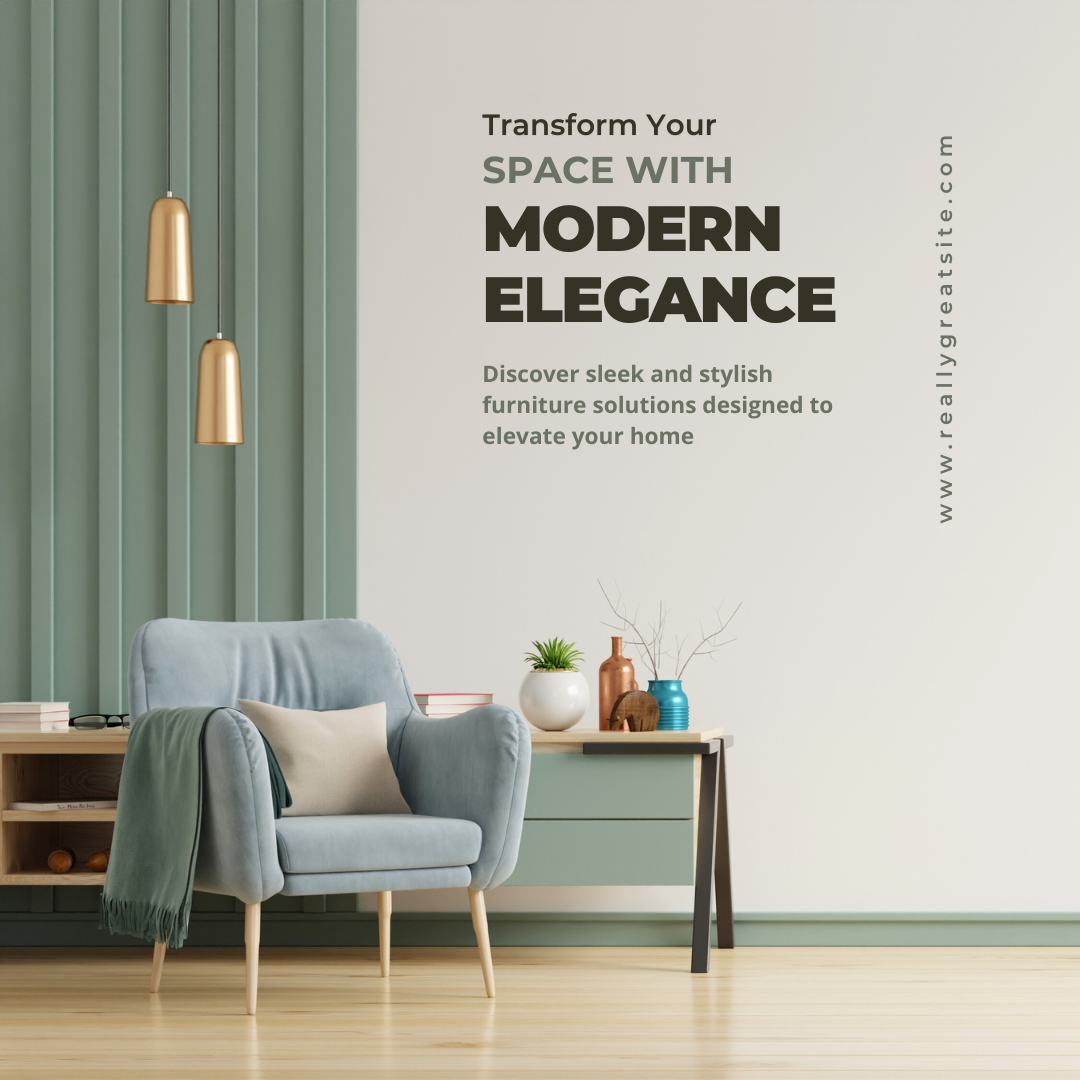
The point is, with a little creativity, you can find furniture that serves multiple purposes and helps you maximize your space. And trust me, when you're living in a small space, every little bit counts.
Multi-functional furniture is a game-changer for small spaces. Here are some versatile options:
- Sofa Beds: Perfect for hosting overnight guests while saving space during the day.
- Nesting Tables: Provide flexibility for extra surfaces when needed, and tuck away when not in use.
- Ottomans with Storage: These double as seating or a footrest while hiding clutter inside.
- Wall-Mounted Shelves: Free up floor space and provide stylish storage for books, plants, or decor.
- Folding or Expandable Tables: Great for dining or working in a small living room.
By choosing furniture with dual purposes, you’ll maximize functionality without sacrificing style.
3. Vertical Space Utilization
You know, for the longest time, I completely ignored my walls. I mean, I'd hang a picture or two, but that was about it. It wasn't until I moved into a seriously cramped apartment that I realized the power of vertical space. It's like discovering a whole new dimension in your living room!
Think about it: your walls are basically blank canvases just waiting to be utilized. And when you're dealing with a small living room, every inch counts. So why not take advantage of that vertical real estate?
One of the easiest ways to do this is with shelves. I'm talking about all kinds of shelves: floating shelves, wall-mounted shelves, even those cool ladder-style shelves. They're perfect for displaying books, plants, artwork, or just about anything else you can think of. Plus, they add a ton of visual interest to your walls.
Speaking of visual interest, don't forget about wall art! A large statement piece can really make a small living room pop. And if you're feeling creative, you can even create a gallery wall with a mix of different sized frames and artwork. It's a great way to personalize your space and add some personality.
Mirrors are another great way to utilize vertical space. Not only do they add a decorative touch, but they can also make your living room feel bigger and brighter. I once had this huge mirror in my tiny living room, and it seriously made the space feel twice as big. It was like magic!
But here's the thing: while you want to make the most of your vertical space, you also don't want to go overboard. Choosing furniture that's too tall or bulky can actually make your living room feel smaller. So be mindful of the scale and proportions of your furniture.
For example, if you have low ceilings, you might want to avoid tall bookcases or armoires. Instead, opt for shorter, wider pieces that won't overwhelm the space. And when it comes to wall decor, try to keep things relatively light and airy. Too many heavy or dark pieces can make the room feel closed in.
The key is to find a balance between utilizing your vertical space and maintaining a sense of openness. By carefully selecting your furniture and decor, you can create a small living room that feels both stylish and spacious.
In a small living room, vertical space is your best friend. Here’s how to use it effectively:
- Tall Shelving Units: Utilize empty wall space to store books, baskets, and decor.
- Hanging Decor: Mirrors and artwork can make the space feel larger and more dynamic.
Slim Wall Storage: Mount hooks or narrow shelves to keep everyday items organized.
Pro Tip: Use mirrors strategically to reflect light and make the room feel more expansive.
4. Furniture Arrangement and Layout Tips
Okay, so you've got all the right furniture pieces. Now what? Well, now comes the fun part: arranging it all! This is where you can really get creative and make your small living room shine. But it can also be a bit overwhelming, especially if you're not sure where to start.
I remember when I first started decorating my apartment, I just kind of shoved all the furniture against the walls. I thought it would make the room feel bigger, but it actually had the opposite effect. It made the space feel awkward and disjointed.
Then I discovered the magic of furniture arrangement. Seriously, it's like a whole other world! By strategically placing your furniture, you can maximize space, create a comfortable flow, and even make your living room feel bigger than it actually is.
One of the most important things to consider is the flow of traffic. You want to make sure there's enough space for people to move around comfortably without bumping into furniture. This means avoiding placing furniture in high-traffic areas, like in front of doorways or walkways.
Another key tip is to create a focal point. This could be a fireplace, a large window with a view, or even a piece of artwork. Once you've identified your focal point, arrange your furniture around it to create a natural gathering area.
For example, if your focal point is a fireplace, you might want to place your sofa facing it, with a couple of accent chairs on either side. Or if your focal point is a window, you might want to position your furniture so that it takes advantage of the natural light.
Another great way to maximize space is to use furniture to divide the room into zones. This is especially helpful if you have a multi-functional living room that serves as both a living space and a dining area, or a home office.
For example, you could use a sofa to separate the living area from the dining area, or a bookshelf to create a visual divider between the living space and the home office. This helps to define the different areas of the room and create a sense of order.
And finally, don't be afraid to experiment! There's no right or wrong way to arrange your furniture. The best way to find what works for you is to try different layouts and see what feels most comfortable and functional.
Arranging furniture in a small space can be tricky. These tips can help you create a functional and harmonious layout:
- Create a Focal Point: Whether it’s a fireplace, TV, or an art piece, design your layout around it.
- Float Furniture: Don’t push everything against the walls. Floating furniture in the center can make the space feel more balanced.
- Use Rugs to Define Zones: In open-plan layouts, a rug can delineate the living area from other spaces like dining or work areas.
- Leave Walkways Open: Keep pathways clear to ensure easy movement through the room.
5. Furniture Styling and Decor
Alright, you've picked out your furniture, arranged it strategically, and now it's time for the really fun part: adding those finishing touches! This is where you can let your personality shine and create a space that truly feels like home. But even with decor, there's a bit of strategy involved when you're working with a small space.
I used to be a total maximalist when it came to decorating. I wanted ALL the things! Every knick-knack, every throw pillow, every piece of art I could find. But in a small living room, that can quickly lead to a cluttered, chaotic mess. Trust me, I've learned from experience.
The key is to be selective and intentional with your decor choices. Choose pieces that complement your overall style and color palette, and don't be afraid to mix and match different textures and patterns. A little bit of contrast can go a long way in adding visual interest to a small space.
For example, if you have a neutral sofa, you might want to add some pops of color with throw pillows or a vibrant rug. Or if you have a lot of straight lines in your furniture, you might want to soften things up with some curved accents, like a round mirror or a vase with organic shapes.
Speaking of color, it's important to create a cohesive color palette. This doesn't mean everything has to be matchy-matchy, but you do want to choose colors that work well together. A good rule of thumb is to stick to a few main colors and then use accent colors sparingly.
And don't forget about the power of accessories! Small items like candles, books, and plants can make a big difference in personalizing your space and making it feel more inviting. I love to add a few personal touches, like framed photos or souvenirs from my travels. It's those little things that really make a house a home.
But here's a word of caution: don't overdo it! It's easy to get carried away with accessories, but in a small living room, less is definitely more. Choose a few key pieces that you love and that add personality to your space, and then resist the urge to clutter things up.
Styling is where your small living room can shine. Here’s how to add personality without overwhelming the space:
- Stick to a Cohesive Color Palette: Lighter shades like whites, pastels, and neutrals create an airy feel, while pops of color in accessories add vibrancy.
- Incorporate Patterns and Textures: Mix soft textiles like throw pillows with sleek finishes like metallic or wooden accents.
- Personalize with Accessories: Add small touches like family photos, books, or plants to make the space uniquely yours.
- Keep Clutter at Bay: Use decorative baskets or boxes to store everyday items neatly.
Pro Tip: Keep decor minimal and intentional to avoid a cramped feel.
Conclusion
Small living rooms don’t have to compromise on style or function. By carefully choosing furniture that suits your space, exploring space-saving solutions, and designing with intention, you can create a cozy, beautiful living room that meets all your needs.
Now it’s your turn—try these ideas and discover how small spaces can deliver a big impact. Share your own tips and transformations in the comments below!


